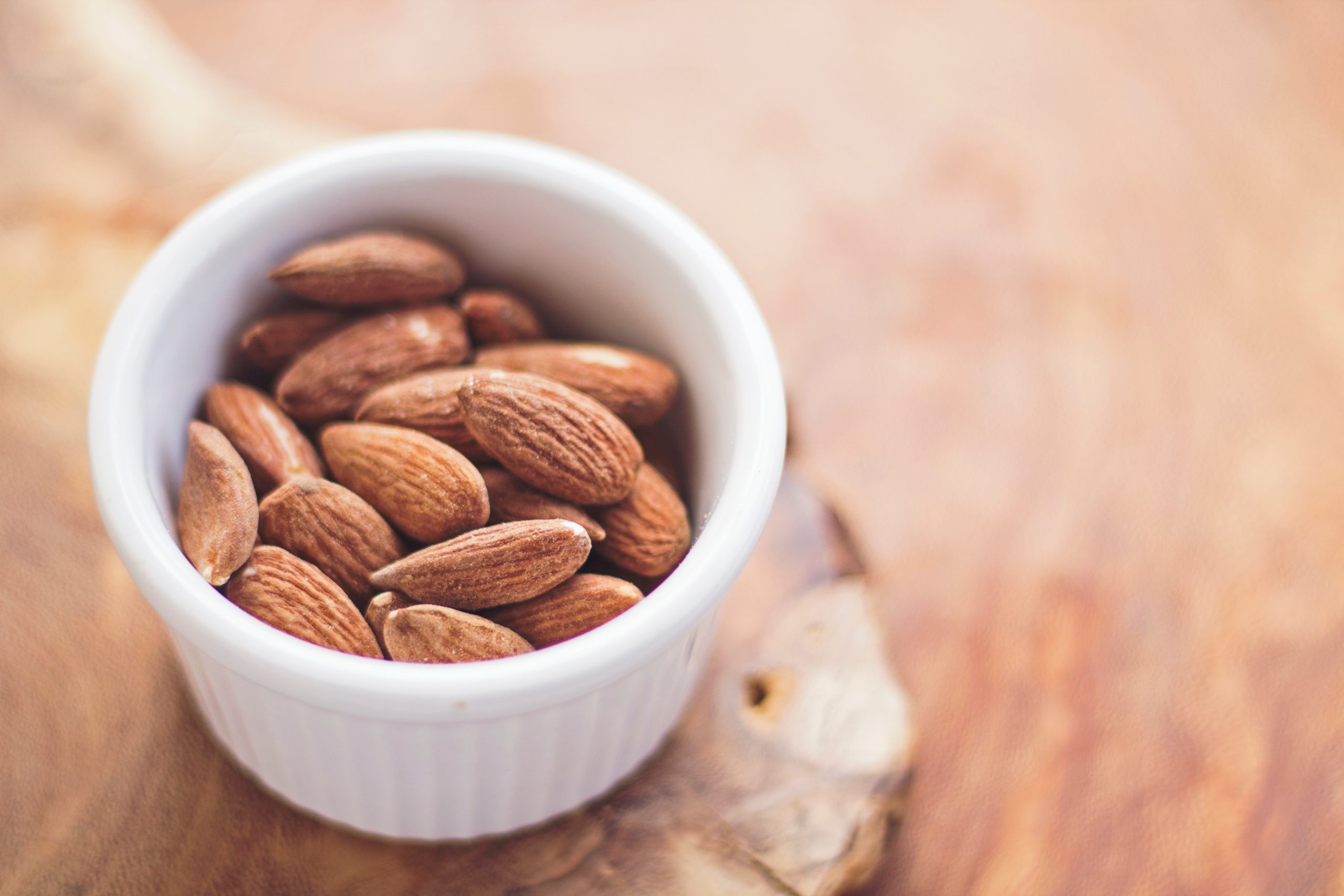18 3.2 Nutrition 101
Six nutrients are considered essential in the human diet: carbohydrates, fats, proteins, vitamins, minerals, and water. Nutrients are components found in food and dietary supplements. Nutrients provide an individual with energy needed for growth and movement (i.e., physical activity), and play a critical role in the maintenance of bodily functions. There are six nutrients which are considered necessary, or essential, in the human diet. These essential nutrients are: carbohydrates, fats, proteins, vitamins, minerals, and water (Williams, 1999). A brief overview of nutrition terminology follows below.
Essential Nutrients: Nutrients that cannot be synthesized in the body in adequate amounts; essential nutrients must be consumed in the diet (Williams, 1999).
Nonessential Nutrients: Nutrients that can be synthesized in the body; nonessential nutrients may also be found in food (Williams, 1999). Note: An example of a nonessential nutrient is creatine.
Macronutrients: Nutrients which the body requires in relatively large amounts; the daily requirement is generally measured in grams (Williams, 1999).
Note: Carbohydrates, fats, proteins, and water are macronutrients (Williams, 1999).
Micronutrients: Nutrients which the body requires in minute amounts; the daily requirement is generally measured in milligrams or micrograms (Williams, 1999).
Note: Minerals and vitamins are micronutrients (Williams, 1999).
Comprehension check:
Do you believe that each person’s intake needs for macronutrients and micronutrients vary, dependent upon individual differences? Do you think variables such as genetics, level of physical activity, and other personal factors influence one’s macro- and micronutrient intake needs?
Macronutrients

Carbohydrate: A molecule containing carbon, hydrogen, and oxygen. Carbohydrates are present in food in the form of sugar, starch, or fiber. Carbohydrates can be simple (i.e., Monosaccharide: a single sugar molecule) or complex (i.e., Polysaccharide: a chain of sugar molecules). Carbohydrates are converted into blood glucose, which serves as a major supply of energy for the body (Williams, 1999). Although dietary fiber is a type of carbohydrate and is essential for a balanced diet, it does not provide the body with caloric energy.
Common High-Carbohydrate Content Foods:
Fruits, vegetables, grains, beans, milk, and foods with added sugars.
Comprehension check:
Why do you believe it is important to include the macronutrient carbohydrate into a balanced diet if you are active in sports or exercise?

Protein: A complex structure containing carbon, hydrogen, oxygen, and nitrogen. Proteins can be broken down into amino acids (i.e., Amino acid: an organic compound consisting of at least one amino group [-NH2] and one carboxyl group [-COOH]) and peptides (i.e., Peptide: a short chain of two or more amino acids). Proteins are required for growth, function, and maintenance of body tissues, and are generally only utilized for energy if the body is not receiving enough calories from other dietary sources (i.e., carbohydrate or fat) (Williams, 1999).
Common High-Protein Content Foods: Animal products such as meat (i.e., beef, pork, lamb), poultry (i.e., chicken), fish, and dairy (i.e., milk, yogurt, cottage cheese). Plant products (i.e., grains, legumes, some vegetables [asparagus, broccoli, brussels sprouts]) also contain smaller amounts of protein.
Comprehension check:
How can you include the macronutrient protein into a balanced nutritional plan if your diet does not include animal protein?

Fat: Dietary fats may be triglycerides (comprised of glycerol and fatty acids), cholesterol, or phospholipids. Fat provides the body with an important energy source, and also functions in cell structure formation and metabolic regulation. An association between certain types of fat (i.e., Saturated: a fat commonly found in animal products; Trans: a fat commonly found in processed foods) and risk for heart disease does exist, and therefore it is recommended that saturated fat be limited in the diet and trans fat intake be eliminated (Hooper, Martin, Abdelhamid, & Smith, 2015; Restrepo & Rieger, 2016; Williams, 1999) However, certain fats (i.e., Monounsaturated and Polyunsaturated: fats commonly found in plant-based oils) are beneficial to health if eaten in moderation (Williams, 1999).
Common High-Fat Content Foods: Fats which are solid at room temperature (such as saturated and trans fats; animal fat, butter), fats which are liquid at room temperature (such as monounsaturated and polyunsaturated fats; olive oil, safflower oil, peanut oil) and omega-3 fatty acids (salmon, tuna, trout).
Comprehension check:
Consumption of the macronutrient fat is important for a healthy and balanced diet. However, certain types of fats (saturated and trans fats) should be limited in the diet. Identify at least 2 foods in your current diet which are high in saturated or trans fats. Consider how you might reduce, or eliminate, these foods.
Micronutrients
Vitamin: A complex organic compound found in small amounts in most foods. Vitamins are an essential part of a healthy diet and are required for optimal functioning of the body (i.e., maintain healthy tissue, aid in nutrient absorption, etc.). However, vitamins are not an energy source and therefore do not contain calories (Williams, 1999).
Common Foods Rich in Vitamins:
Vitamin A – Carrots, sweet potatoes
Vitamin B, folate – Starches, grains, cereals
Vitamin C – Citrus fruits, bell peppers
Vitamin D – Milk, dairy products, mushrooms, egg yolks
Vitamin E – Sunflower seeds, almonds, spinach
Vitamin K – Kale, broccoli
Mineral: A chemical element found in nature; essential for living organisms. Many minerals are required for bodily functions (i.e., proper water balance in the body, bone health, etc.); however, some minerals are needed in larger amounts than others. The minerals needed in small quantities are known as “trace minerals.” Minerals do not provide energy (i.e., calories) for the body (Williams, 1999).
Common Foods Rich in Minerals:
Calcium – Milk, dairy products, dark leafy green vegetables
Iron – Nuts, seeds, beef
Magnesium – Seafood, legumes, whole grains
Potassium – Potatoes, avocados, bananas
Comprehension check:
Different foods contain various amounts and types of essential vitamins and minerals (micronutrients). Therefore, why is it important to include a variety of foods in your balanced diet?

Works Cited:
Hooper, L., Martin, N., Abdelhamid, A., & Smith, G. D. (2015). Reduction in saturated fat intake for cardiovascular disease. Cochrane database of systematic reviews, (6).
Restrepo, B. J., & Rieger, M. (2016). Denmark’s policy on artificial trans fat and cardiovascular disease. American journal of preventive medicine, 50(1), 69-76.
Williams, M. H. (1999). Nutrition for health, fitness and sport (No. Ed. 5). WCB/McGraw-Hill.

